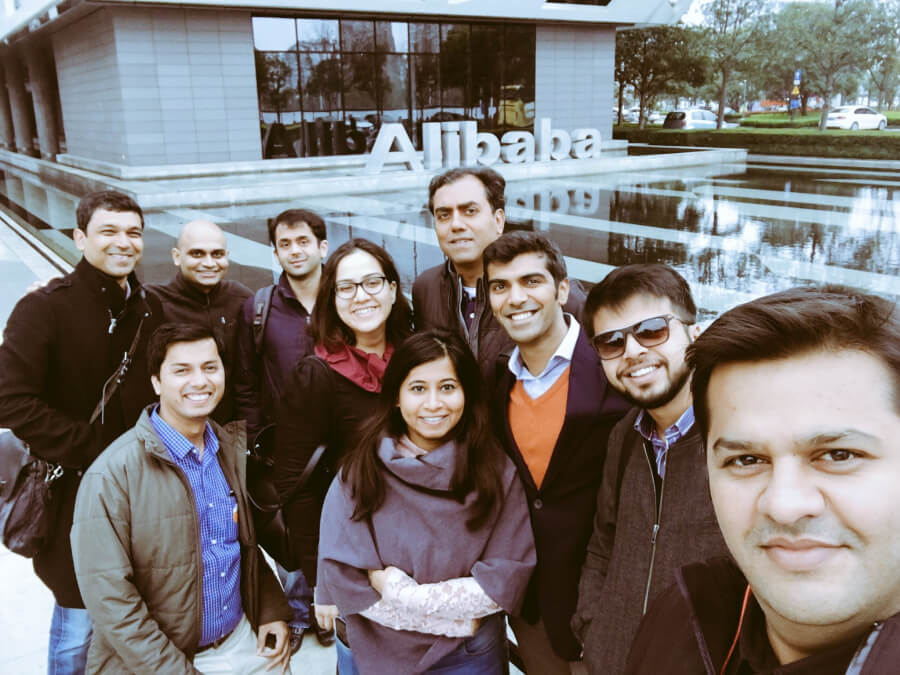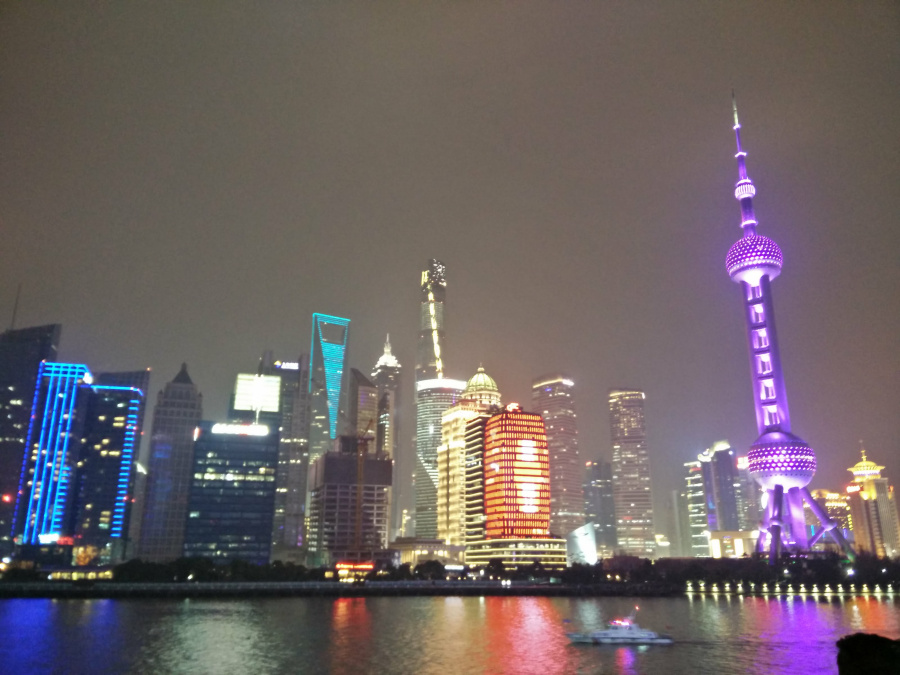
The entire Blume team (with the exception of our CFO, Ashish, who stayed back for urgent work) visited China in the middle of March 2017. This was the first ever visit to mainland China for most of us, scheduled around an anchor of a China-India business conference in Beijing on March 15, 2017. We were further taken to Shanghai, Hangzhou, and Shenzhen.

Here’s what we learned about our neighbour and its Internet industry.
Infrastructure
To my mind, the infrastructure (roads, ports, airport, railways, mobile networks etc.) are all designed to impress in China. The effect of top-down leadership style is clearly visible in what they are able to achieve in the relatively short span of 25-30 years. Based on the infrastructure and dogged pursuit of large-scale plans, the cities have now started rivalling the best of the West. At least, the wealthy can create a lifestyle that is available in cosmopolitan towns like New York or London.
Work Ethic
Chinese people are immensely hard-working – like people on a mission, every one of the 1.3 Bn of them! This was one thing that impressed me more than the infrastructure. An average Chinese keeps to herself and shows no reluctance towards working hard. The youngsters are carefree like anywhere else in the world. The foreign/English educated elite also has a strong sense of nationalism and pride in their work. As compared to an average Indian workplace, even blue-collar workers didn’t seem likely to indulge in gossip. So perfect was the picture that it felt like they have all been instructed to present this face to us:

Shanghai skyline – Built to Impress!
Scale And Profitability
Given that the size of economy is 5x that of India and per capita income is 4x, the scale of all products and services is at least an order of magnitude bigger in China. The numbers that Alibaba and Tencent do today will probably take Indian Internet companies at least seven-eight years to achieve. Even smaller companies like Share It, Apus and JollyChic have shown how to achieve scale while keeping very strong unit economics. This dogged pursuit of profitability even in consumer businesses is something that Indian startups can surely emulate.
Our experience with scale and returns in the Chinese VC industry also adds to the experience. Chinese VCs suggest that the Chinese entrepreneur is very ambitious and thinks of scale from very beginning. Hence, their experience of Indian entrepreneurs is that there’s too much talk and too little ‘delivery.’ From the Chinese benchmark, Indian companies do fall way shorter.
But they all agree that India is a large market and a large number of Chinese are watching the play here. They are waiting for the valuations to correct so that investment can bear profit. At least the strategies are particularly suckers for profitability of Indian venture-funded companies.
Focus On Systems
The biggest Chinese internet companies today (Alibaba and Tencent) were both started in 1999-2000. The venture capital ecosystem was very weak in China back then. Hence, they have all built profitably from very beginning. As a result there’s a strong focus on product innovation and building systems such that manual intervention is required only minimally. Much different from the culture in Indian startups to ‘thrown people at the problem’, Chinese companies are more scale and profitability focused. Hence they bring in automation wherever possible.
The Invisible Hand
Some conversations we picked on the sidelines told us that there’s a Party influence practically everywhere in China, if only mostly hidden for an onlooker. Over the last three decades, this system has brought great rewards to the people of China as it has lifted hundreds of millions out of poverty. As compared to the democratic-liberal-open system we have in India, it seems like the average public is happier falling in line because this system has brought them unprecedented prosperity. We were told that there’s much less corruption, at least in the bottom rungs of the Chinese government. But it is clear that for anyone to do a big business in China, aligning to the government is a must-do. A corollary to this is that if the Party wants, the system will tweak itself to work in favour of Chinese companies and contracts will become unenforceable. 
Snapshot of the Chindia TMT Conference in Beijing
Authenticity Of Numbers
One clear observation has been that the Chinese have been throwing bigger numbers to everyone. Among the app makers, the new obsession is a ‘Billion’ (downloads, MAUs etc) and also ‘hundreds of millions’ on revenue front. Given that there’s a fragmented app ecosystem which cannot be audited, these numbers have look quite suspect.
What one can’t dispute is the performance of their companies on public markets and that the VC industry is at least 5 times bigger than India. The rate of deal-making in China is today 5-10 times that of India and the number of unicorns recently crossed 35 (5X of India!). Hence, it is not all hot air!
Chinks In The Armour
There are chinks in the armour that remained mostly invisible – at least in cities there’s a clear preference for the people who have money, while there’s no space or voice of the poor in the cities. Fast and reliable transport systems allow the cities to expand beyond a catchment radius of 100 km and, hence, the poor continue to remain on fringes.
Several industries, like Pharma in China, are still under-developed to cater to their own massive demands. To add to it the fact that China is soon becoming ‘aged economy’ the need appears very acute. The Chinese have also struggled with English despite massive government programmes promoting it in the pre-Olympic era, hence they continue to lag behind India in industries like IT and ITES.
[This post by Arpit Agarwal first appeared on Blume Ventures’ official website and has been reproduced with permission.]


























